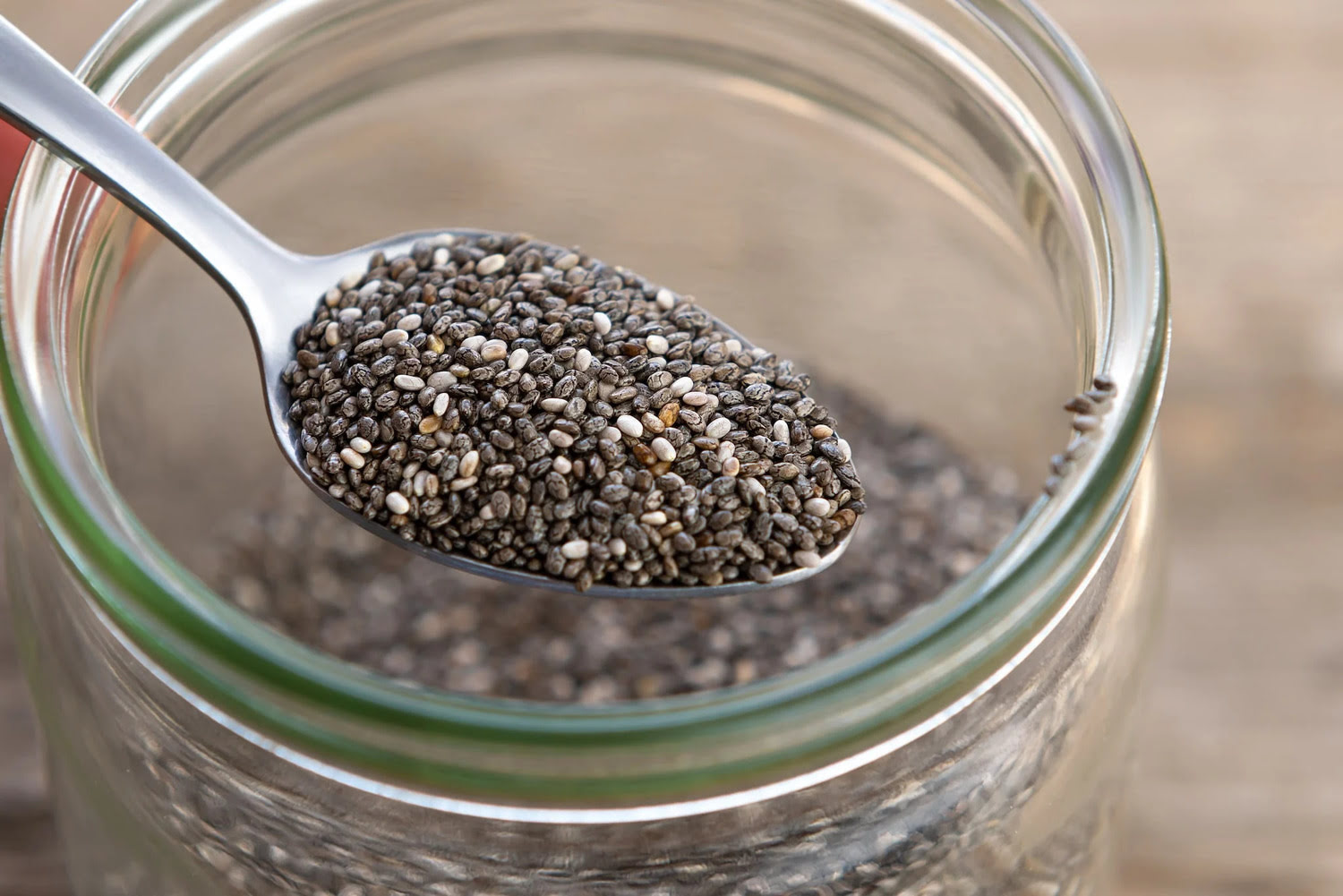

Articles
How To Store Chia Seeds After Opening
Modified: February 22, 2024
Learn the best methods for storing chia seeds after opening with this comprehensive guide. Discover how to maintain their freshness and extend their shelf life in just a few simple steps.
(Many of the links in this article redirect to a specific reviewed product. Your purchase of these products through affiliate links helps to generate commission for Storables.com, at no extra cost. Learn more)
Introduction
Chia seeds have gained popularity in recent years as a nutrient-dense superfood. Packed with essential nutrients like omega-3 fatty acids, fiber, and antioxidants, chia seeds are a versatile ingredient that can be incorporated into a variety of dishes.
However, once you open a package of chia seeds, it’s important to store them properly to maintain their freshness and nutritional value. In this article, we will explore how to store chia seeds after opening, ensuring that they remain usable for an extended period of time.
Proper storage of chia seeds involves protecting them from factors that can degrade their quality, such as moisture, sunlight, and heat. By following these guidelines, you can prolong the shelf life of your chia seeds and enjoy their health benefits for longer.
Key Takeaways:
- Properly sealing chia seeds in airtight containers and storing them in a cool, dry place away from sunlight helps maintain their freshness and nutritional value for long-term use.
- Vacuum-sealing chia seeds can significantly extend their shelf life by removing oxygen and protecting them from moisture and contaminants, ensuring they remain fresh and nutritious.
Read more: How To Store Chia Seeds Once Opened
Storing Chia Seeds for Long-Term Use
If you want to store chia seeds for an extended period of time, it’s crucial to take certain precautions to maintain their freshness and quality. Here are some tips for storing chia seeds for long-term use:
- Properly Seal the Bag or Container: After opening a package of chia seeds, it’s important to reseal it tightly to prevent air and moisture from entering. If the chia seeds come in a resealable bag, make sure to press out any excess air before sealing it. Alternatively, transfer the seeds to an airtight container.
- Choose the Right Storage Container: Opt for a container made of glass or BPA-free plastic that is both airtight and opaque. This will protect the chia seeds from exposure to light and help preserve their nutritional content by preventing oxidation.
- Keep Chia Seeds in a Cool and Dry Place: Chia seeds are best stored in a cool and dry environment, away from heat sources such as the stove or direct sunlight. Excessive heat can cause the seeds to spoil more quickly.
- Protect Against Moisture: Moisture is the enemy when it comes to storing chia seeds. Make sure the storage container or bag is stored in a dry environment, away from areas prone to humidity, such as the kitchen sink or bathroom. To further protect the seeds, you can include a moisture-absorbing packet or a grain of rice to absorb any excess moisture.
By following these steps, you can ensure that your chia seeds stay fresh and maintain their nutritional value even after long-term storage.
Properly Sealing Chia Seeds
One of the most important aspects of storing chia seeds is ensuring that they are properly sealed. Proper sealing prevents air, moisture, and other contaminants from entering the container and compromising the quality of the seeds. Here are some tips for properly sealing chia seeds:
- Resealable Bags: If the chia seeds come in a resealable bag, take care to close it tightly. Press out any excess air before sealing to minimize exposure to oxygen, which can cause the seeds to deteriorate.
- Airtight Containers: If the chia seeds don’t come in a resealable bag, transfer them to an airtight container. Choose a container made of glass or BPA-free plastic that has a secure lid. Ensure that the lid is tightly sealed to prevent air from entering.
- Vacuum Sealing: For ultimate freshness and to prolong the shelf life of chia seeds, consider vacuum sealing them. Vacuum sealers remove the air from the storage bag or container, creating an airtight seal. This prevents oxygen from interacting with the chia seeds and helps maintain their quality.
When sealing chia seeds, make sure to handle them with clean, dry hands to avoid introducing any moisture or contaminants. Additionally, label the bag or container with the date of opening to keep track of its freshness.
By properly sealing chia seeds, you can extend their shelf life and preserve their nutritional value, ensuring that they remain fresh and ready for use whenever you need them.
Choosing the Right Storage Container
When it comes to storing chia seeds, the choice of storage container is crucial. The container you choose should provide an optimal environment for preserving the freshness and quality of the seeds. Here are some factors to consider when selecting a storage container for chia seeds:
- Material: Opt for a container made of glass or BPA-free plastic. Both options are non-reactive and won’t leach any chemicals into the chia seeds. Glass containers are particularly desirable as they are impermeable to air and light, which can degrade the quality of the seeds over time.
- Airtightness: Ensure that the storage container has a secure and tight-fitting lid. This will create an airtight seal, preventing air and moisture from entering the container and compromising the freshness of the chia seeds.
- Opacity: Chia seeds are sensitive to light and can degrade when exposed to excessive light. Choose an opaque container that blocks out sunlight and protects the seeds from harmful UV rays. This will help preserve the nutritional content and extend the shelf life of the seeds.
- Size: Consider the quantity of chia seeds you plan to store and choose a container that accommodates that amount. It’s generally recommended to store chia seeds in smaller quantities to minimize exposure to air each time the container is opened.
By choosing the right storage container, you can create an optimal environment for preserving the freshness and nutritional quality of chia seeds. Remember to clean the container thoroughly before transferring the seeds and ensure proper sealing to maintain their integrity.
Keeping Chia Seeds in a Cool and Dry Place
When it comes to storing chia seeds, maintaining the right temperature and humidity is essential to preserve their freshness and quality over time. Here are some guidelines for keeping chia seeds in a cool and dry place:
- Avoid Heat Sources: Chia seeds are sensitive to heat and can spoil quickly when exposed to high temperatures. Keep the storage container away from heat sources such as the stovetop, oven, or direct sunlight. Instead, choose a cool area in your kitchen or pantry for storing chia seeds.
- Ambient Room Temperature: The ideal temperature for storing chia seeds is around 60-70°F (15-21°C). This moderate temperature range helps to prevent the seeds from becoming rancid or losing their nutritional value. Avoid storing them in a place that experiences extreme temperature fluctuations.
- Avoid Refrigeration: Chia seeds do not require refrigeration for storage. In fact, refrigerating chia seeds can introduce moisture and cause condensation, which can lead to spoilage. It is best to store chia seeds at room temperature to maintain their integrity.
- Avoid Freezing: Freezing chia seeds is not recommended as it can affect the texture and nutritional content. The freezing and thawing process can cause the seeds to become mushy and lose their natural gelatinous consistency.
By keeping chia seeds in a cool and dry place, you can prolong their shelf life and ensure that they remain fresh and ready to use whenever you need them. Remember to store them away from heat sources and avoid refrigeration or freezing to maintain their quality.
Store chia seeds in an airtight container in a cool, dry place, away from direct sunlight. This will help to maintain their freshness and prevent them from going rancid.
Read more: Where Are Chia Seeds In A Grocery Store
Protecting Chia Seeds from Moisture
Moisture is one of the main culprits that can cause chia seeds to spoil and lose their quality. To ensure the longevity of your chia seeds, it’s important to protect them from moisture. Here are some tips to keep in mind:
- Dry Environment: Store chia seeds in a dry environment to prevent moisture absorption. Avoid storing them near the kitchen sink or in humid areas such as the bathroom. It’s best to keep chia seeds in a cool and dry place, away from any potential moisture sources.
- Moisture Absorbers: To add an extra layer of protection, you can include moisture-absorbing packets or a grain of rice in the storage container. These can help absorb any excess moisture, keeping the chia seeds dry and fresh.
- Avoid Contamination: Ensure that the storage container is clean and dry before transferring the chia seeds. Any residual moisture or contaminants can promote the growth of mold or bacteria, which can spoil the seeds. It’s important to handle chia seeds with clean and dry hands to avoid introducing any moisture.
- Airtight Packaging: Use airtight packaging, such as resealable bags or jars with tight-fitting lids, to prevent any moisture from entering the storage container. Ensure that the packaging is properly sealed, especially after opening and closing the container.
By taking steps to protect chia seeds from moisture, you can extend their shelf life and maintain their quality. Remember to store them in a dry environment, use moisture-absorbing packets if necessary, and keep the storage container tightly sealed to prevent any moisture from compromising the seeds.
Avoiding Exposure to Sunlight
Exposure to sunlight is another factor that can negatively impact the quality and freshness of chia seeds. Sunlight contains ultraviolet (UV) rays, which can break down the nutritional compounds in chia seeds and cause them to deteriorate. To protect your chia seeds from sunlight, consider the following tips:
- Choose an Opaque Container: When storing chia seeds, opt for an opaque container to block out sunlight. Glass containers with dark or tinted colors are particularly effective in preventing UV rays from reaching the seeds. Avoid using transparent or clear containers, as they offer little protection against sunlight.
- Keep the Container in a Dark Area: Place the storage container in a dark area away from direct sunlight. This can be in a kitchen cupboard, pantry, or any other cool and dark spot in your home. By minimizing exposure to sunlight, you can help preserve the nutritional content and quality of the chia seeds.
- Avoid Displaying Chia Seeds in Transparent Containers: While it may be tempting to showcase your chia seeds in a transparent glass jar, it’s best to avoid doing so. Exposing the seeds to sunlight for prolonged periods can lead to oxidation and a decrease in nutritional potency.
- Consider Using Dark-Colored Packaging: If you prefer to purchase chia seeds in pre-packaged bags, look for brands that use dark-colored packaging. These bags are designed to block out UV rays and provide an extra layer of protection during storage.
By avoiding exposure to sunlight, you can help maintain the freshness, nutritional value, and overall quality of your chia seeds. Remember to store them in an opaque container, keep the container in a dark area, and avoid displaying them in transparent containers to minimize their exposure to sunlight.
Monitoring Chia Seeds for Freshness
As with any food product, it’s essential to monitor the freshness of chia seeds to ensure their quality and to maximize their nutritional value. Here are some tips for monitoring the freshness of chia seeds:
- Check Expiration Dates: When purchasing chia seeds, always check the expiration date on the packaging. This will give you an idea of how long the seeds are expected to maintain their freshness. It’s best to choose chia seeds with a longer shelf life to ensure their viability for a longer period.
- Smell and Taste: Chia seeds should have a mild, nutty aroma and a slightly crunchy texture. If you notice any rancid or off-putting smells, or if the seeds have a stale or unpleasant taste, it may be an indication that they have gone bad. In such cases, it’s best to discard them and acquire a fresh batch.
- Visual Inspection: Inspect the chia seeds for any signs of spoilage, such as mold, discoloration, or clumping. Mold growth is a clear indication that the seeds have been compromised and should not be consumed. Discolored, disfigured, or sticky seeds may also signify deterioration.
- Texture: Fresh chia seeds should have a relatively uniform and consistent texture. If you notice any soft or slimy seeds, it could be an indication of moisture damage, and they may no longer be suitable for consumption.
- Storage Time: Keep track of how long you have stored the chia seeds since their opening. Even if the seeds appear visually and aromatically fine, it’s recommended to consume them within one to two years for optimal quality and nutrient content.
Regularly assessing the freshness of chia seeds is important to ensure you are consuming them at their peak quality. If you notice any signs of spoilage or deterioration, it’s always better to err on the side of caution and replace them with fresh seeds.
Using Vacuum Sealed Bags or Jars for Storage
A great method for extending the shelf life and preserving the freshness of chia seeds is to use vacuum-sealed bags or jars for storage. Vacuum sealing removes air from the packaging, creating an airtight environment and preventing oxidation and spoilage. Here are some benefits and tips for using vacuum-sealed bags or jars:
- Improved Shelf Life: Vacuum-sealing chia seeds can significantly prolong their shelf life. By removing the oxygen that leads to oxidation and nutrient degradation, vacuum-sealed bags or jars help retain the seeds’ freshness and nutritional potency.
- Protection from Moisture and Contaminants: Vacuum sealing creates a barrier against moisture, preventing it from reaching the chia seeds. This is particularly beneficial in humid environments where moisture can promote mold growth or spoilage. Additionally, vacuum-sealed bags or jars help protect the seeds from contaminants, such as bacteria and pests.
- Easy and Convenient: Vacuum-sealing your chia seeds is a relatively simple process, especially if you have a vacuum sealer machine. Place the seeds in a vacuum-sealable bag or jar, and then use the vacuum sealer to remove the air and create an airtight seal. Alternatively, you can use a manual vacuum sealer that utilizes handheld pumps or valves.
- Proper Storage Conditions: Even when using vacuum-sealed bags or jars, it’s still important to store the chia seeds in a cool, dry, and dark place to maximize their shelf life. Follow the previously mentioned guidelines for storage to ensure the best preservation of the seeds.
Using vacuum-sealed bags or jars is an effective method for preserving the freshness and quality of chia seeds. The removal of oxygen and protection from moisture and contaminants help maintain the integrity of the seeds and extend their shelf life. Consider investing in a vacuum sealer or vacuum-sealed bags to store your chia seeds for long-term use.
Read more: How To Store Scotch After Opening
Summary and Conclusion
When it comes to storing chia seeds after opening, proper precautions are essential to maintain their freshness and nutritional value. Here are the key points to remember:
Firstly, ensure that you seal the chia seeds properly after opening. Whether you’re using resealable bags or transferring them to airtight containers, make sure to remove excess air and create a tight seal to minimize exposure to oxygen. Vacuum sealing is another effective method for extending the shelf life of chia seeds.
Choosing the right storage container is crucial. Opt for glass or BPA-free plastic containers that are airtight and opaque. This will protect the seeds from light exposure and prevent oxidation.
Keep chia seeds in a cool and dry place, away from heat sources and direct sunlight. Maintain a consistent room temperature, preferably between 60-70°F (15-21°C), and avoid refrigeration or freezing to prevent moisture and maintain their texture and nutritional content.
Protect chia seeds from moisture by storing them in a dry environment, away from areas prone to humidity. Consider using moisture-absorbing packets or a grain of rice to control any excess moisture.
Avoid exposing chia seeds to sunlight, as UV rays can degrade their nutritional compounds. Use opaque containers and store them in a dark area to minimize sunlight exposure.
Regularly monitor the freshness of chia seeds by checking expiration dates, smelling and tasting for any signs of rancidity, and inspecting for mold, discoloration, or clumping. Keep track of the storage time and consume them within a year or two for optimal quality.
Lastly, consider using vacuum-sealed bags or jars to extend the shelf life of chia seeds even further. Vacuum sealing removes air and creates an airtight environment, protecting the seeds from oxidation, moisture, and contaminants.
In conclusion, proper storage of chia seeds involves sealing them tightly, using the right container, keeping them cool and dry, protecting them from moisture and sunlight, and monitoring their freshness. By following these guidelines, you can ensure that your chia seeds remain fresh, nutritious, and ready to be enjoyed in your favorite recipes for an extended period of time.
Frequently Asked Questions about How To Store Chia Seeds After Opening
Was this page helpful?
At Storables.com, we guarantee accurate and reliable information. Our content, validated by Expert Board Contributors, is crafted following stringent Editorial Policies. We're committed to providing you with well-researched, expert-backed insights for all your informational needs.

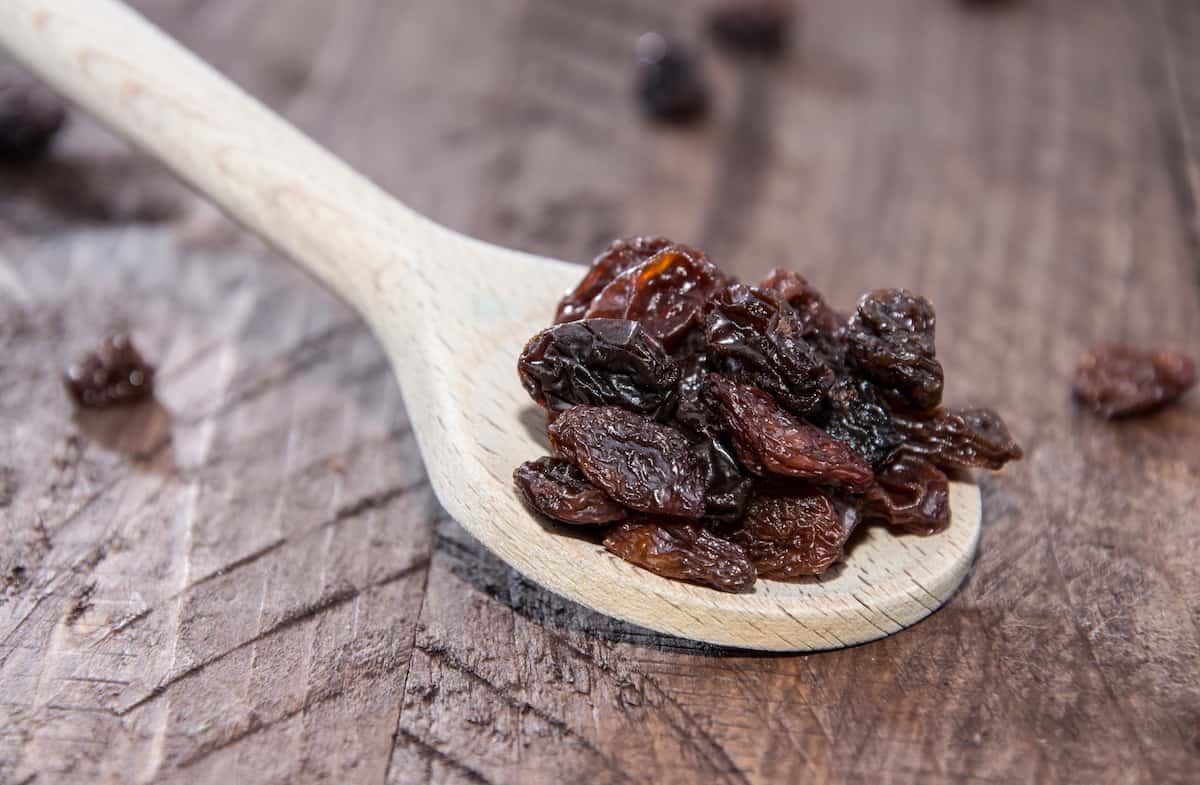
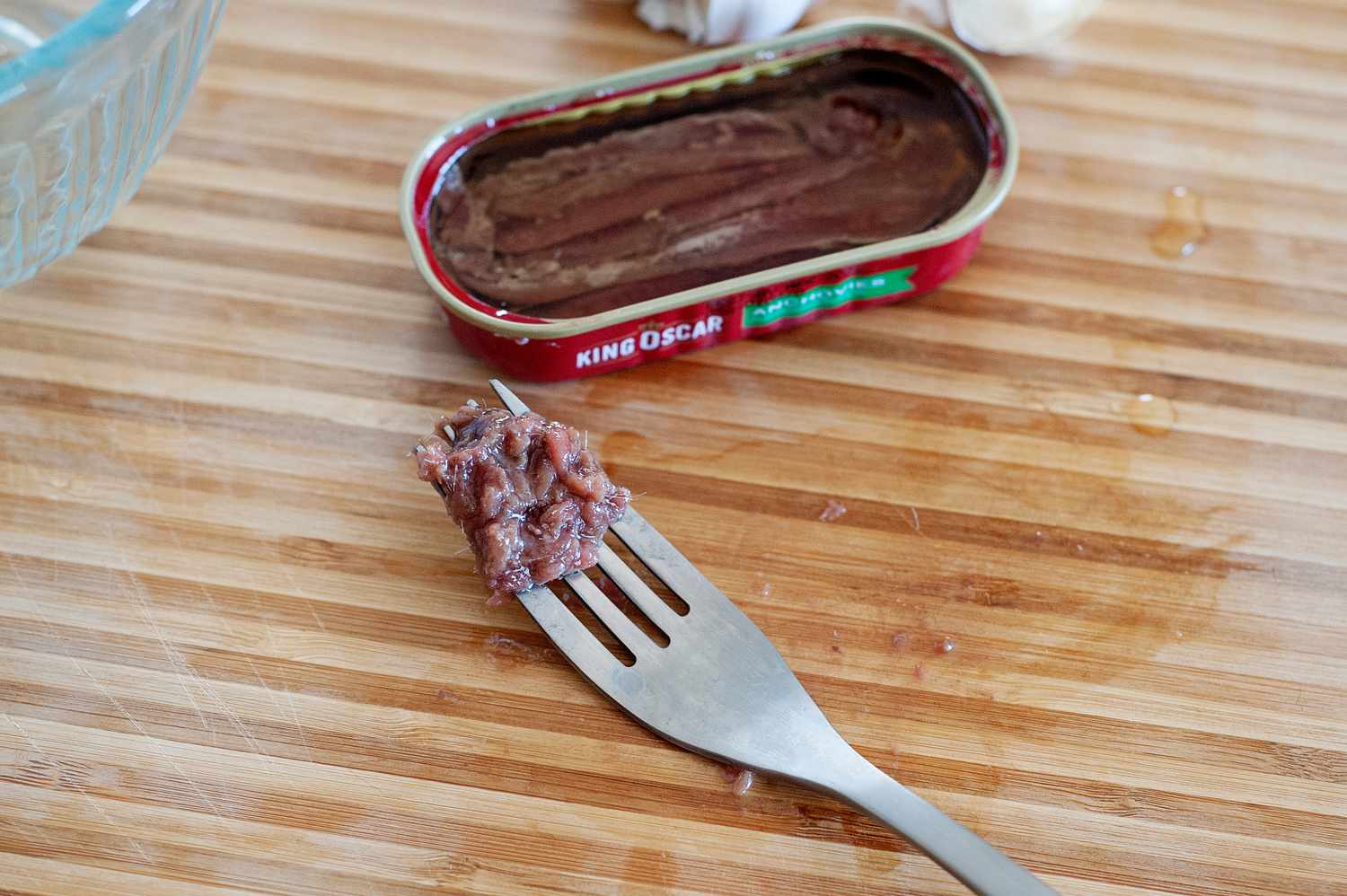
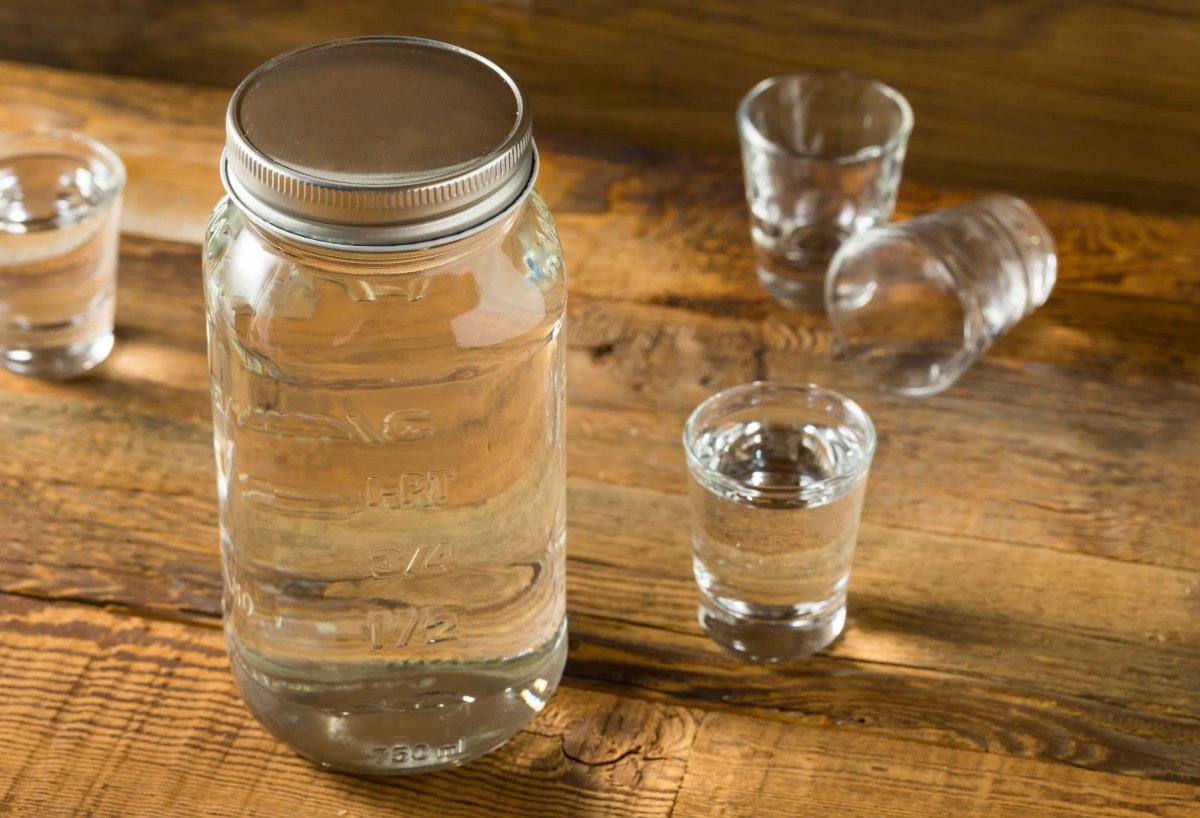

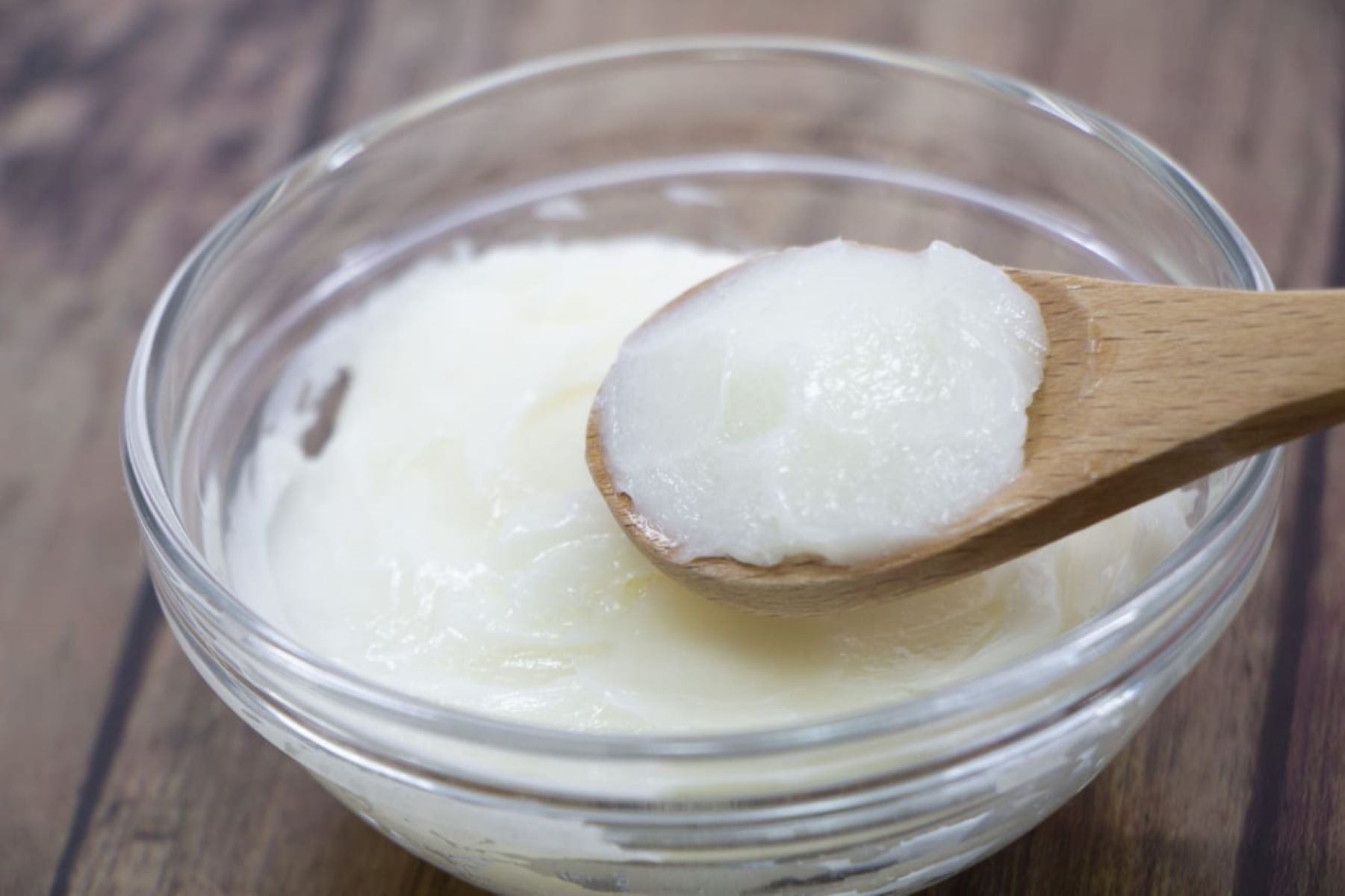
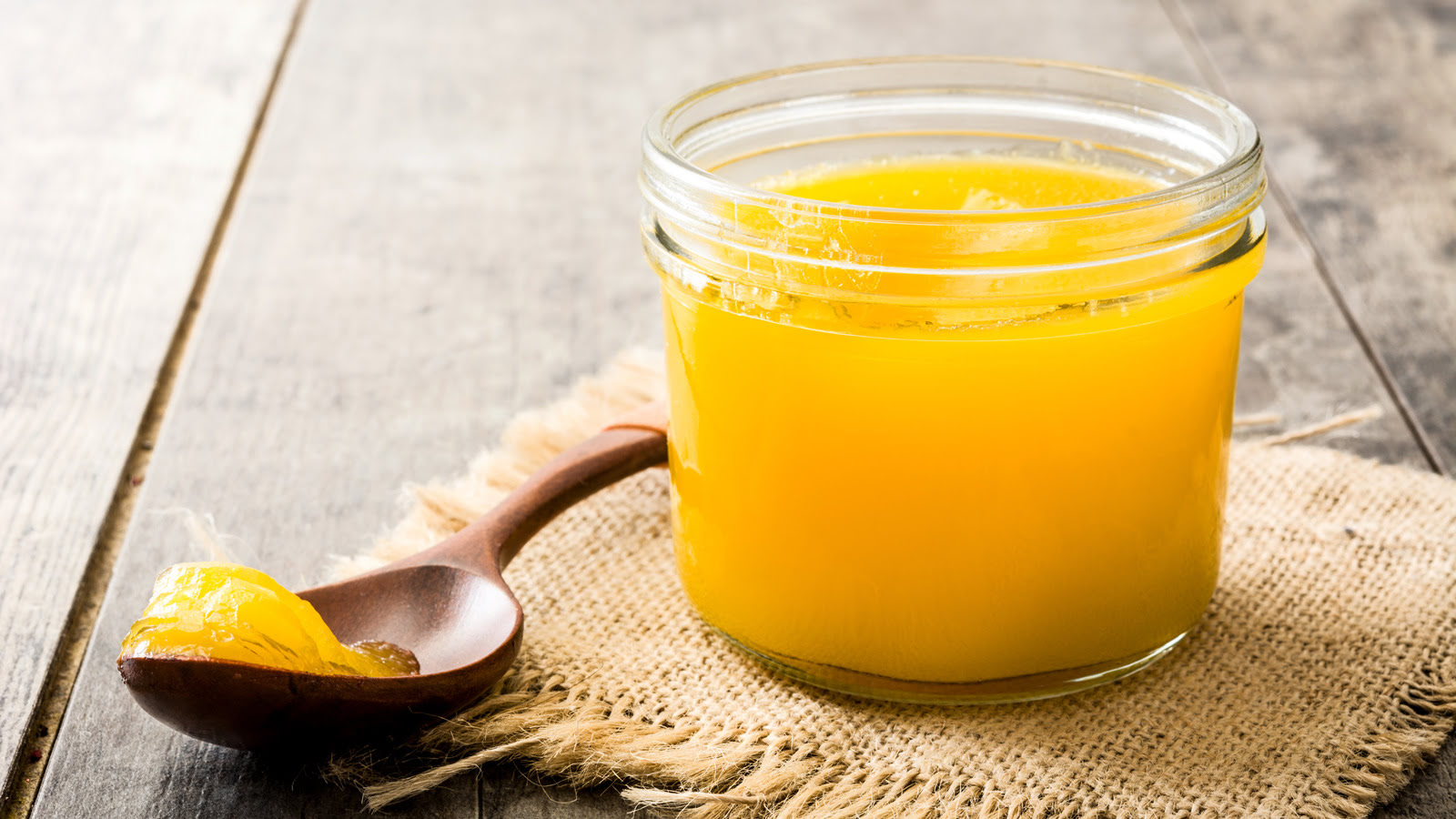
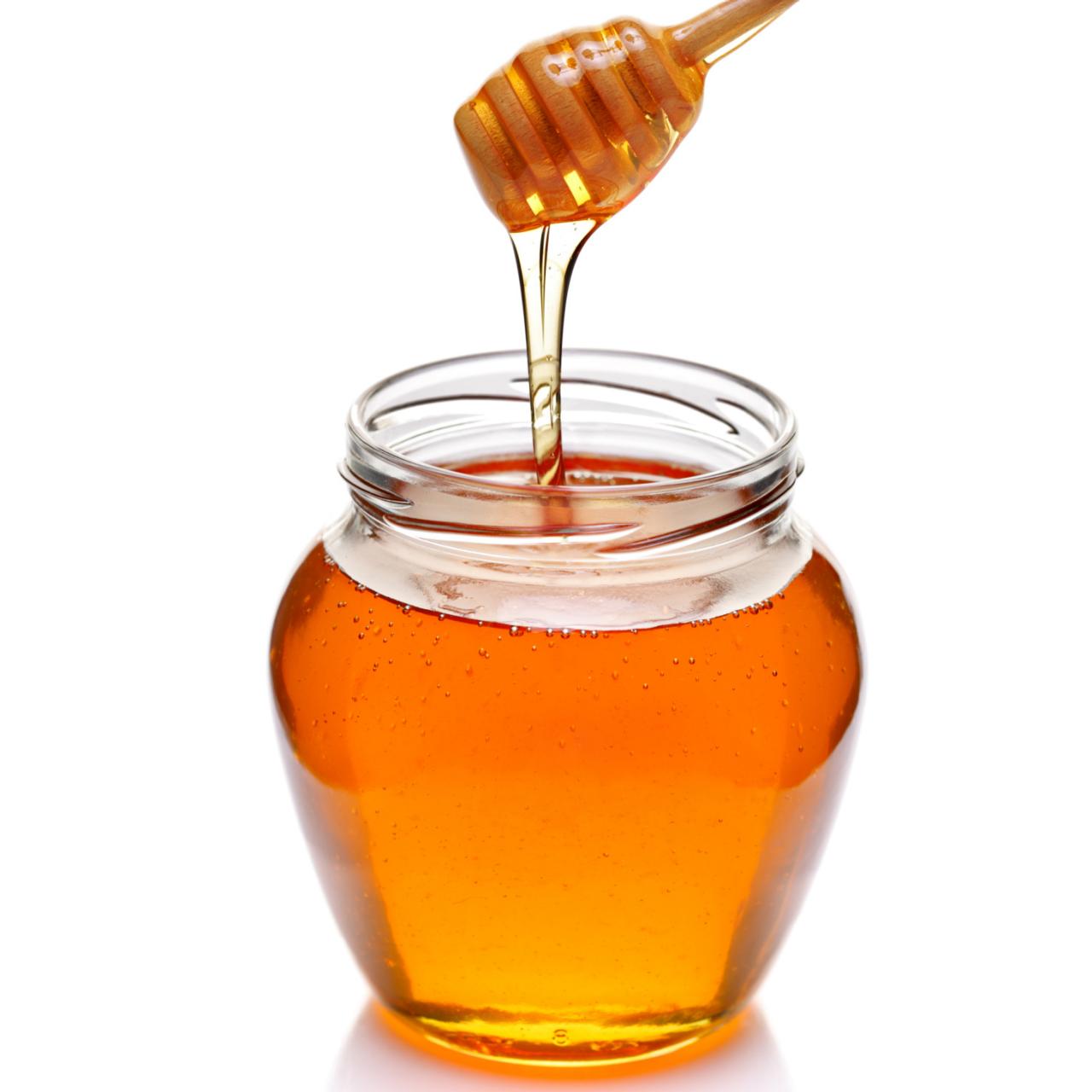
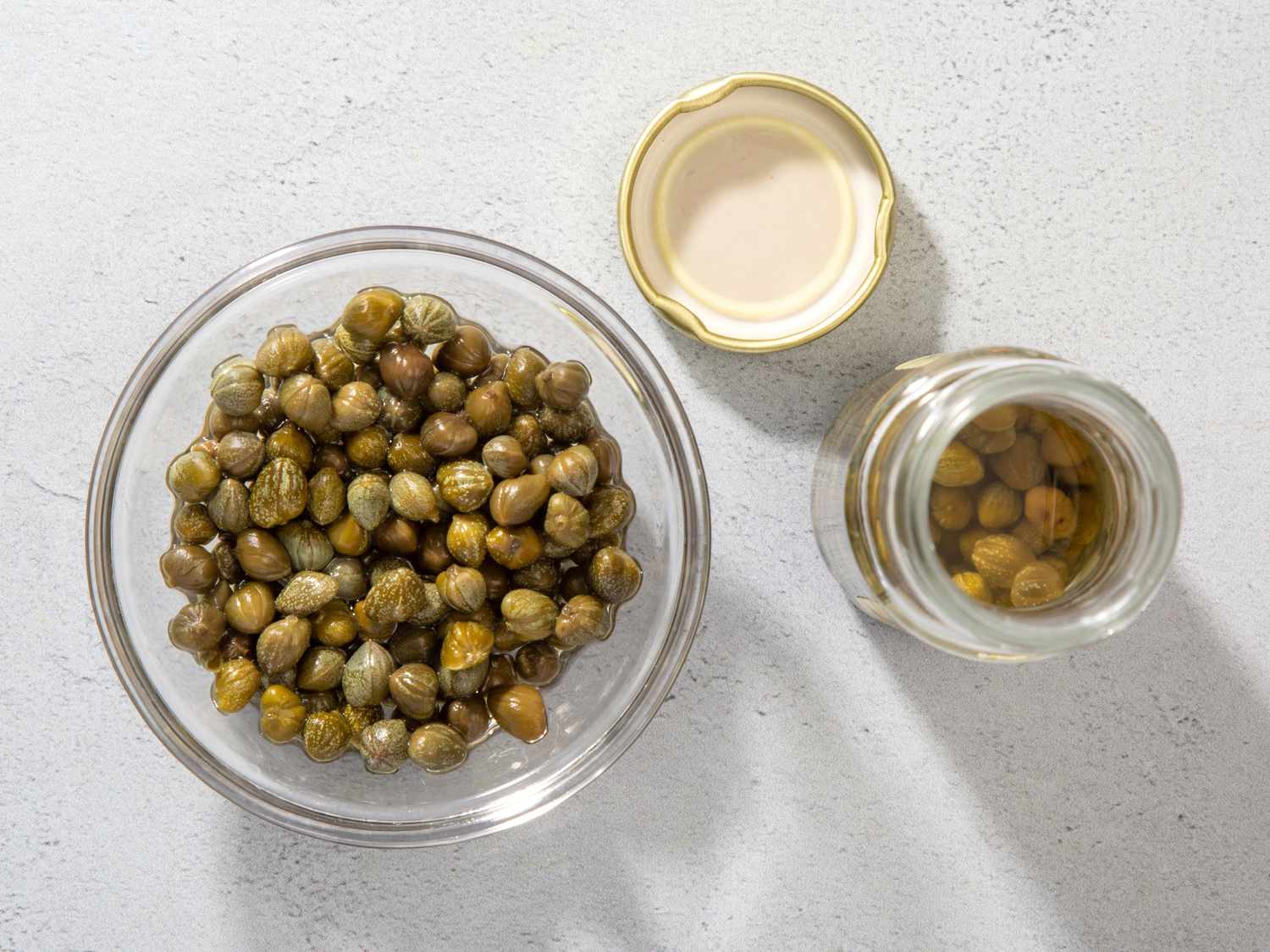
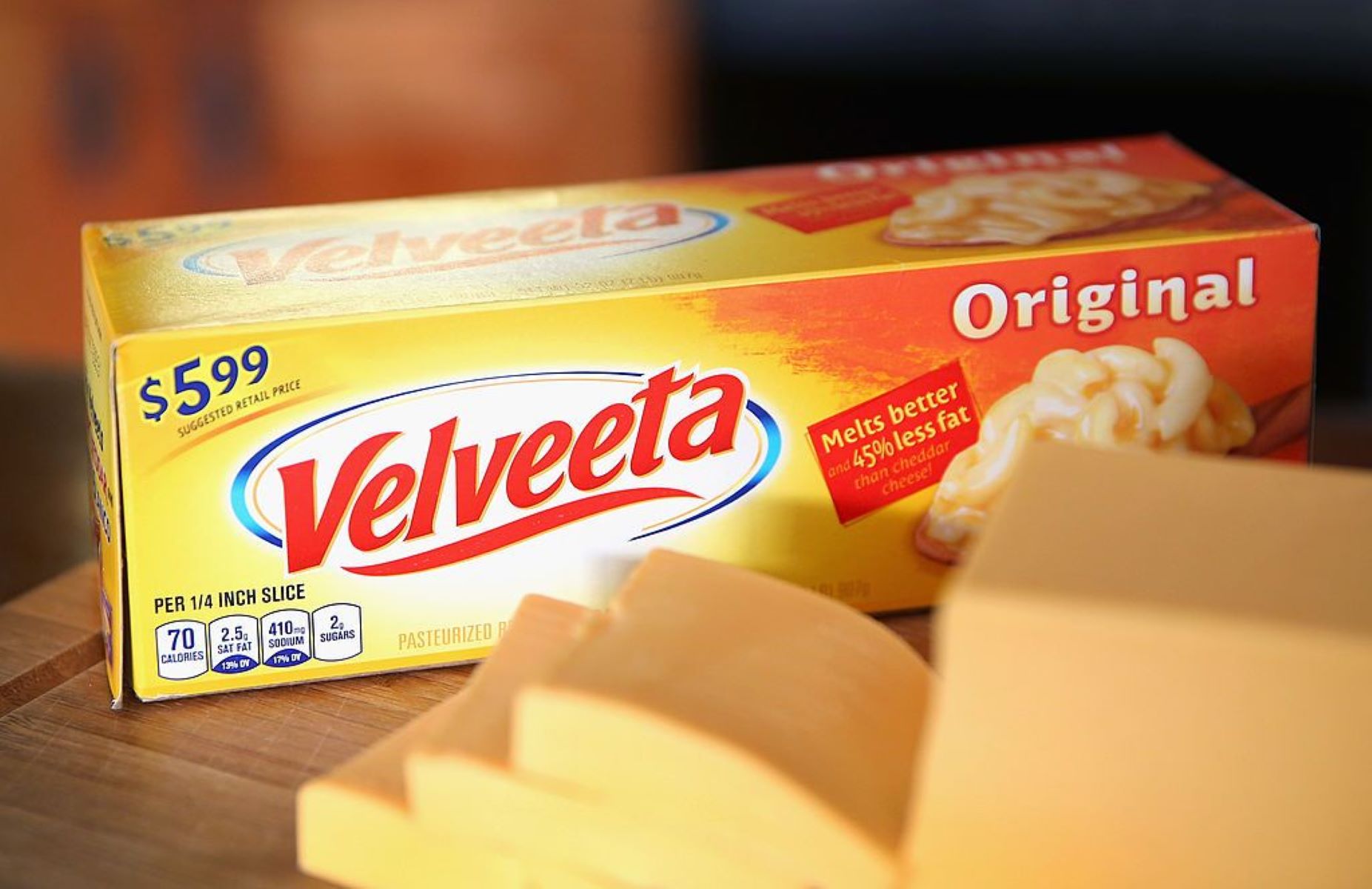
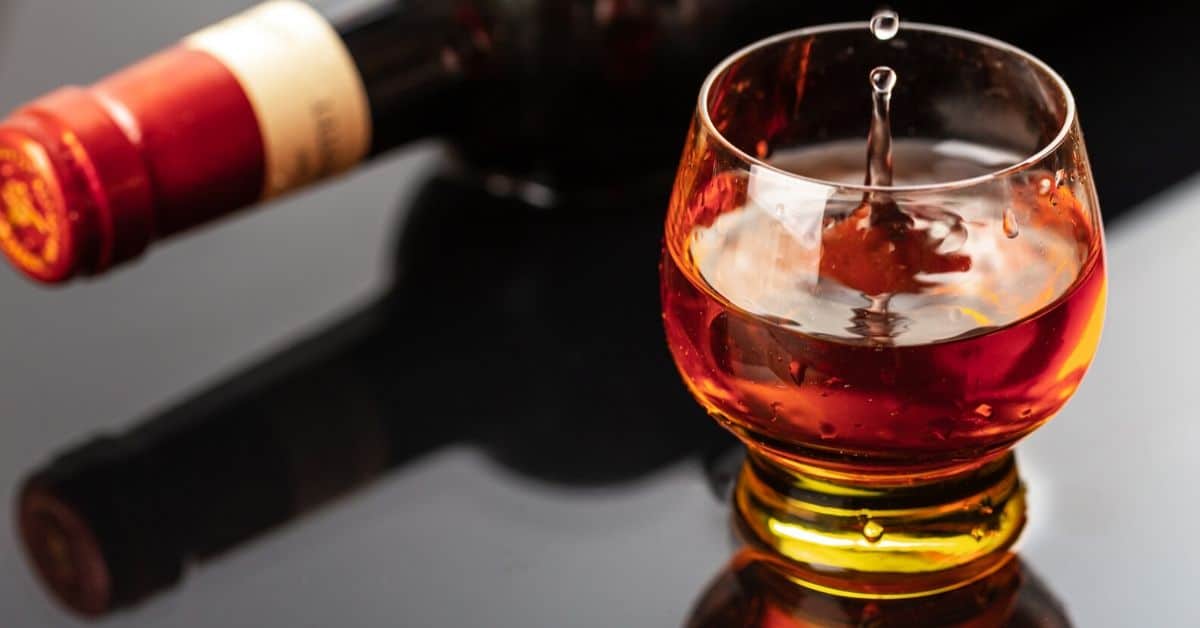
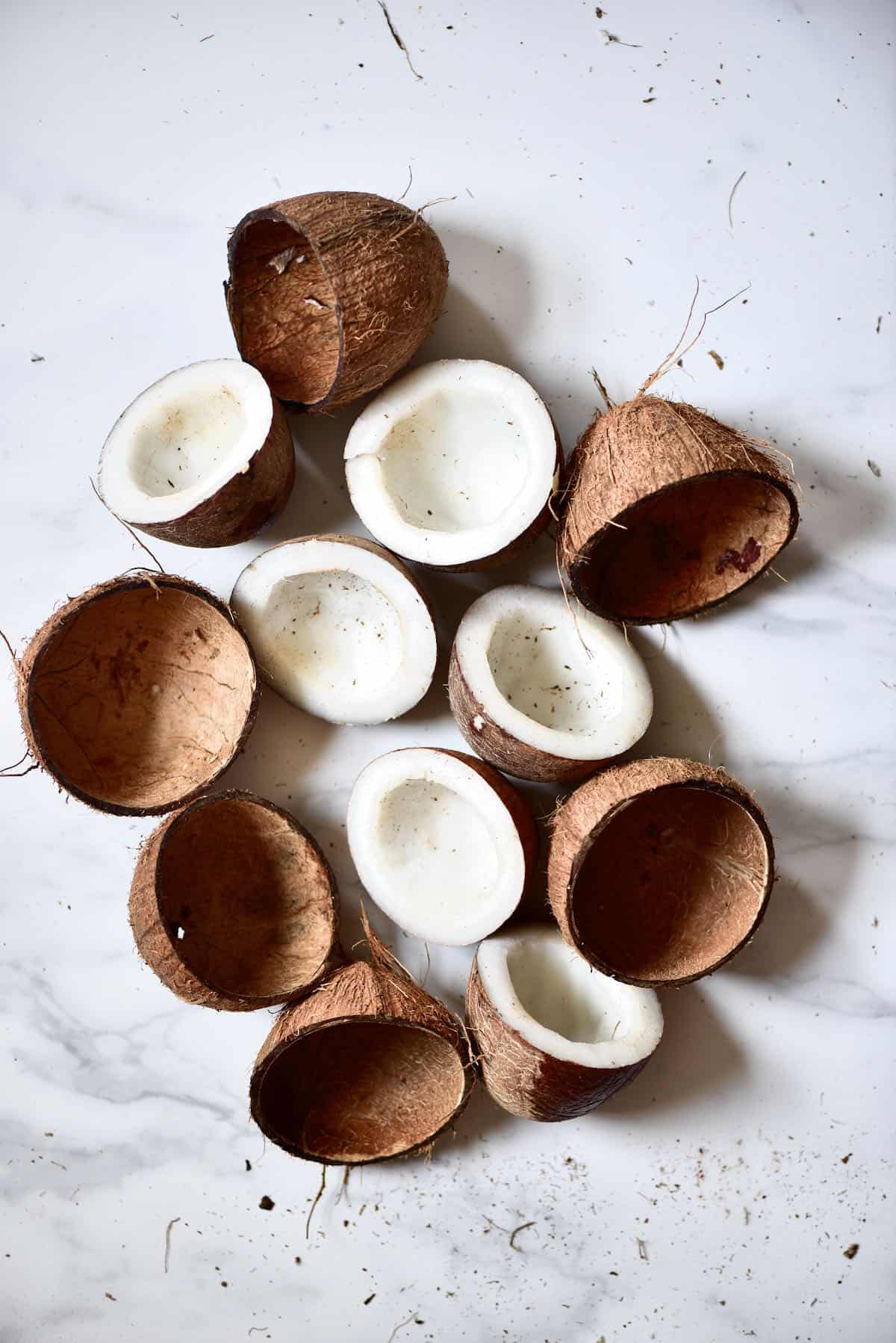
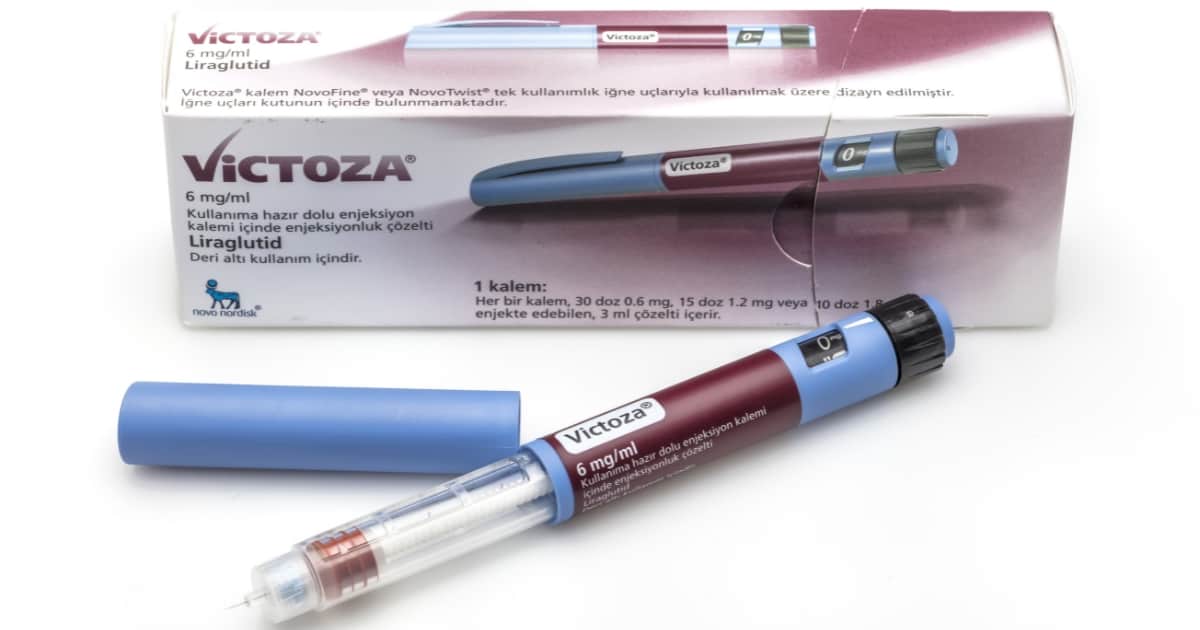

0 thoughts on “How To Store Chia Seeds After Opening”